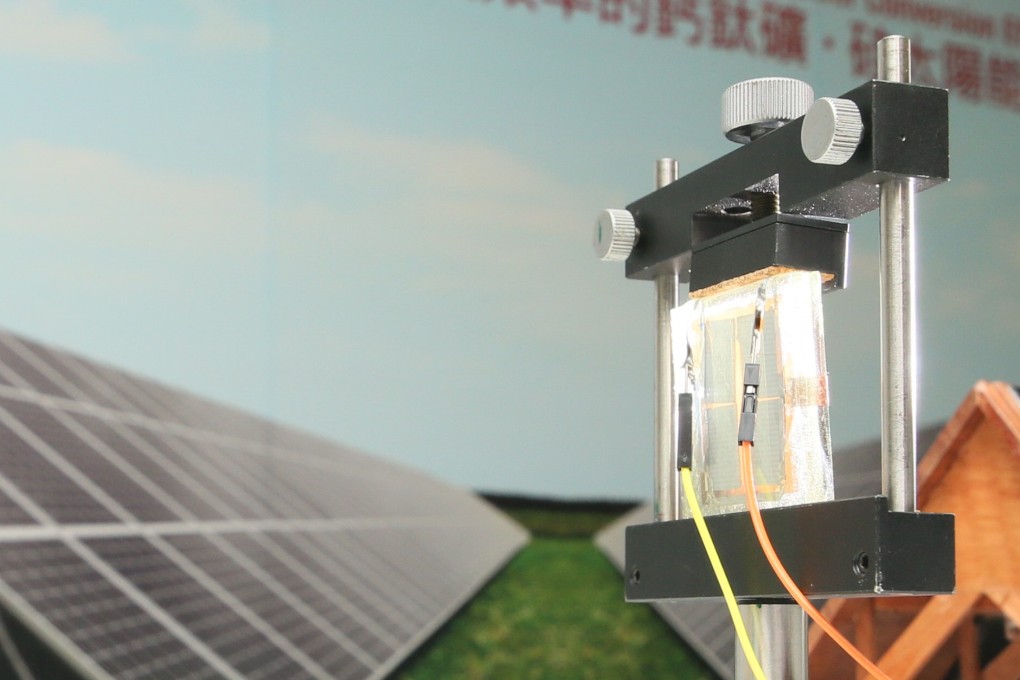Tandem solar cells with high power conversion efficiency
[Sponsored article] Having outstanding photovoltaic properties, perovskite solar cells have become the subject of vigorous research for sustainable power generation, with researchers around the world finding new ways to increase the cells’ energy conversion efficiency. Perovskite is now established as one of the most promising solar cell materials.

[Sponsored article]
Having outstanding photovoltaic properties, perovskite solar cells have become the subject of vigorous research for sustainable power generation, with researchers around the world finding new ways to increase the cells’ energy conversion efficiency. Perovskite is now established as one of the most promising solar cell materials.
Recently, a cross-disciplinary research team led by Prof. Charles Chee Surya (Clarea Au Endowed Professor in Energy) at the Department of Electronic and Information Engineering, developed perovskite-silicon tandem solar cells with a power conversion efficiency of 25.5%, setting the highest record of its kind in the world. The perovskite solar cells in the top layer can harvest short wavelength photons while the bottom layer coated with silicon can absorb long wavelength photons.

To maximise the energy conversion efficiency, the researchers adopted three innovative approaches in their breakthrough technology: they conducted a low-temperature annealing chemical process in dry oxygen to reduce perovskite defects; fabricated a highly transparent tri-layer composed of molybdenum trioxide and gold to increase light transmission and photovoltaic properties; and incorporated a light-trapping film that mimics the surface morphology of rose petals. Developed by Dr Zheng Zijian at the Institute of Textiles and Clothing, the last approach involves a haze film that is applied to the top layer of the solar panel to trap more light. Another member of the research team, Prof. Shen Hui of Sun Yat-sen University and Shun De SYSU Institute for Solar Energy, was responsible for the design and fabrication of the bottom silicon cell.
These approaches greatly enhance the energy conversion efficiency of solar cells. It is estimated that the new technology will reduce the cost of solar energy production to $2.73/W, compared to $3.9/W for the silicon solar cells currently available in the market.
